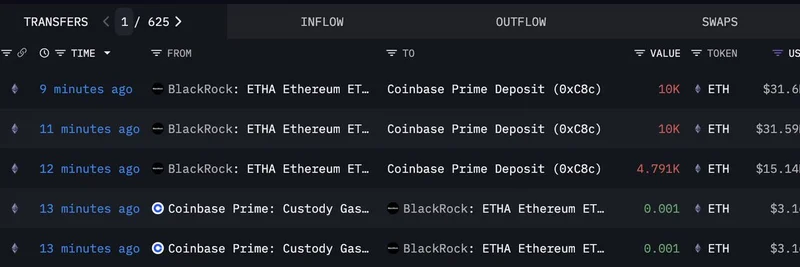Hey there, meme coin enthusiasts and blockchain practitioners! If you’ve ever scrolled through X and stumbled upon a quirky yet genius take on coding, you’ve probably come across ThePrimeagen’s tweet from June 30, 2025. This post has sparked a hilarious yet insightful thread about “vibe coding”—a term that’s got the developer community buzzing. Let’s dive into what vibe coding is, why it’s catching attention, and how it might even vibe with the wild world of meme tokens and blockchain tech.
What Is Vibe Coding, Anyway?
At its core, vibe coding is all about using intuition to guide your coding process. According to ThePrimeagen, a “vibe coder” knows what their code is doing because they’re equally aware of what it isn’t doing. It’s like a mental dance where you subtract the expected from the unexpected, creating a “vibe divergence.” This intuition then fuels instinctive changes, turning your code into something that flows naturally.
Think of it as coding with a sixth sense—less about rigid rules and more about feeling the rhythm of the code. The tweet humorously suggests that by shifting from what the code is doing to what it isn’t, you unlock a new level of creativity. It’s a fresh take, especially when you consider how AI tools like those in vibe coding explained by IBM are starting to blend human intuition with tech.
The Thread That Keeps on Giving
ThePrimeagen’s post didn’t just stop at a clever idea—it kicked off a thread full of laughs and relatable moments. For instance, David Prentice shared a screenshot of a frustrated coder asking an AI (Claude) to fix some messy backend code, complete with a blunt “this looks like shit, fix it.” It’s a perfect example of how vibe coding can sometimes feel like a chaotic, yet effective, jam session.
Then there’s Rohan’s 3 a.m. debug story, where he jokes about sensing a bug in the “auth middleware” based on the “cosmic energy” of an error message. Paired with a dramatic image of a tired coder, it’s clear vibe coding often happens in the trenches of late-night coding marathons.
Other replies, like Santiago’s blindfold coding tip and Darren’s 10x vibe coder claim, add a layer of absurdity that makes the thread a goldmine for meme-worthy content. Even a zen-like image from kindabored of a coder meditating with a bottle suggests vibe coding might just be the ultimate chill coding hack.
How Vibe Coding Ties to Blockchain and Meme Tokens
Now, you might wonder, “What does this have to do with meme tokens or blockchain?” A lot, actually! The blockchain space thrives on innovation and quick pivots—qualities vibe coding embraces with its “code first, refine later” mindset, as noted in IBM’s vibe coding guide. Meme token projects, like Dogecoin or Shiba Inu, often start as wild ideas that evolve through community feedback—sound familiar? It’s iterative development powered by intuition, much like vibe coding.
Plus, with AI tools becoming staples in blockchain development (think smart contract debugging), vibe coding’s blend of human gut feeling and tech assistance could streamline how practitioners build decentralized apps (dApps). Imagine coding a meme token smart contract by “feeling” the vibe of the market—crazy, right? But it’s not far-fetched.
Why It Works (and When It Doesn’t)
Vibe coding shines in fast-paced, creative environments. Peter Naur’s take on intuition in software argues that no method can fully replace a developer’s gut instinct, especially when tackling unique problems. It’s perfect for prototyping or debugging (check out debugging tips for Python), where you need to sense the flow before optimizing.
But here’s the catch: it’s not a one-size-fits-all solution. Without structure, vibe coding can lead to messy codebases—something blockchain devs know all too well with security audits. The key is balance: use your vibes to experiment, then refine with solid testing. Human oversight, as IBM points out, remains crucial since AI can’t fully replace creative judgment.
Join the Vibe Coding Revolution
So, should you try vibe coding? If you’re a blockchain practitioner or meme token enthusiast looking to level up, why not? Start by trusting your instincts on small projects, maybe even a fun meme token experiment. Pair it with AI tools for a hybrid approach, and don’t be afraid to laugh at the chaos—after all, software engineering jokes remind us coding is half art, half madness.
ThePrimeagen’s thread proves vibe coding is more than a meme—it’s a mindset. Follow the conversation on X and let us know how you vibe with your code. Drop your thoughts in the comments below or share your own vibe coding stories at meme-insider.com!



